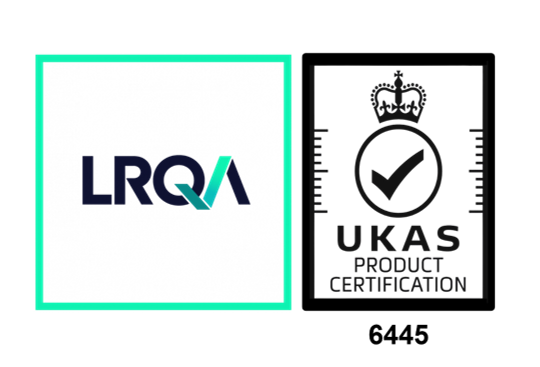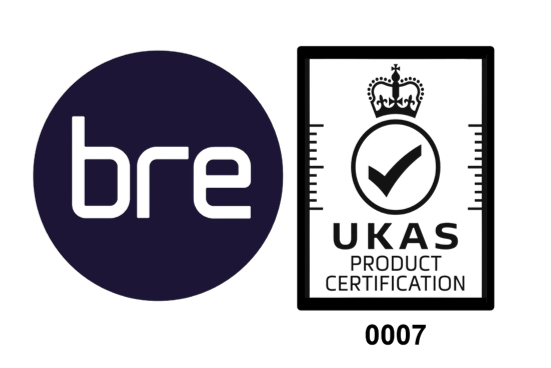Digital Transformation Services
For the Built Environment Sector empower businesses to enhance efficiency, sustainability, and innovation through smart technology solutions.
Training (Capacity Building Program)
Consulting
Professional Advisory
BIM3
Asset Information Management Using BIM
Introduction
Building Information Modeling (BIM) has revolutionized the architecture, engineering, and construction (AEC) industry by providing a digital representation of the physical and functional characteristics of a facility. ISO 19650 part 3 specifically addresses the operational phase of assets, focusing on the management of asset information using BIM. This document provides a comprehensive description of the services related to Asset Information Management (AIM) using BIM in accordance with ISO 19650 part 3.
ISO 19650 part 3 is part of the ISO 19650 series, which provides a framework for managing information over the lifecycle of built assets using BIM. Part 3 focuses on the operational phase, emphasizing the importance of maintaining accurate and up-to-date asset information to support effective asset management and decision-making.
BEM
Building Energy Modeling and Auditing
Introduction
Building Energy Modeling (BEM) and Auditing services are crucial for optimizing energy consumption and enhancing the energy efficiency of buildings. These services, guided by the standards set forth in ISO 50002, provide a systematic approach to evaluating and improving energy performance.
Building Energy Modeling
Building Energy Modeling involves creating a computer-based simulation of a building's energy use. This model helps in analyzing the energy consumption patterns, identifying inefficiencies, and predicting the impact of various energy-saving measures.
Energy Auditing
Energy Auditing, as specified by ISO 50002, involves a thorough examination of a building's energy systems to identify opportunities for reducing energy consumption and costs.
BIMD
BIM-based Checking for Design compliance
Introduction
BIM-based checking leverages advanced software tools to evaluate the design accuracy and regulatory adherence of building projects. This process involves the integration of multiple data sources into a cohesive model, allowing stakeholders to visualize, analyze, and validate design elements in a collaborative environment.
The Importance of Quality Design
In the realm of construction, design quality is paramount. High-quality design ensures that the project meets client expectations, functions efficiently, and remains cost-effective throughout its lifecycle. BIM-based checking facilitates the identification and resolution of design inconsistencies early in the project, thereby minimizing costly revisions and delays.
Ensuring Compliance
Compliance with building codes, safety regulations, and industry standards is a critical aspect of any construction project. BIM-based checking automates the comparison of design elements against these stringent requirements, ensuring that all aspects of the project adhere to legal and professional benchmarks. This not only mitigates risks but also enhances the project's credibility and reliability.
RES Group's Customers
By leveraging data-driven insights and cloud-based collaboration, we enable seamless workflows, cost savings, and improved decision-making. Our expertise supports the transition to smarter cities, sustainable buildings, and resilient infrastructure, ensuring long-term success in a rapidly evolving landscape.






